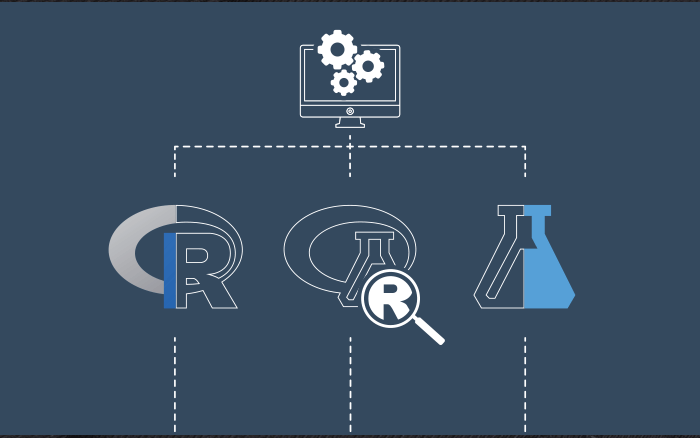
A scatter matrix plot, also known as a pair-plot, is a graphical representation of data that is used to visualize the relationship between multiple variables. In R, creating a scatter matrix plot is a simple process that can be done using the pairs() function. In this article, we will go over the steps needed to create a scatter matrix plot in R.
The first step is to load the data into R. This can be done using the read.csv() function, which allows you to load data from a CSV file, or by using the read.table() function, which allows you to load data from a tab-separated file. Once the data is loaded, it’s important to make sure that the variables are in the correct format, such as numeric for continuous variables and factors for categorical variables.
The next step is to create a scatter matrix plot using the pairs() function. The pairs() function takes the data that you want to plot as its first argument and can also take other arguments to customize the appearance of the plot. For example, you can use the “pch” argument to specify the symbol used to represent the data points, or the “col” argument to specify the color of the data points.
The basic syntax of the pairs() function is: pairs(data, pch, col) Where data is the data you want to plot, pch is the symbol used to represent the data points, and col is the color of the data points.
For example, if you have a data frame called “data” with columns called “sales”, “profit” and “expenses” and you want to create a scatter matrix plot of these variables, you would use the following code: pairs(data[c(“sales”,”profit”,”expenses”)], pch = 16, col = “blue”)
This code will create a scatter matrix plot of the “sales”, “profit” and “expenses” columns with the data points represented by filled circles and colored blue.
It’s important to note that when creating a scatter matrix plot in R, it’s important to make sure that the data is in the correct format and that the symbols and colors are specified correctly. Additionally, you can use the “diag.panel” argument to specify a function to create the diagonal plots, and the “lower.panel” argument to specify a function to create the lower triangle plots, you can use these arguments to customize the diagonal and lower triangle plots as per your requirements.
In conclusion, creating a scatter matrix plot in R is a simple process that can be done using the pairs() function. The pairs() function takes the data that you want to plot as its first argument and can also take other arguments to customize the appearance of the plot. It’s important to make sure that the data is in the correct format and that the symbols and colors are specified correctly, and you can make use of the other arguments to customize the plot as per your requirements. Scatter matrix plots are a useful tool to visualize the relationship between multiple variables and identify patterns in the data.
In this Applied Machine Learning & Data Science Recipe (Jupyter Notebook), the reader will find the practical use of applied machine learning and data science in R programming:
Scatter Matrix plot in R.
What should I learn from this recipe?
You will learn:
- Scatter Matrix plot in R.
Scatter Matrix plot in R:
Disclaimer: The information and code presented within this recipe/tutorial is only for educational and coaching purposes for beginners and developers. Anyone can practice and apply the recipe/tutorial presented here, but the reader is taking full responsibility for his/her actions. The author (content curator) of this recipe (code / program) has made every effort to ensure the accuracy of the information was correct at time of publication. The author (content curator) does not assume and hereby disclaims any liability to any party for any loss, damage, or disruption caused by errors or omissions, whether such errors or omissions result from accident, negligence, or any other cause. The information presented here could also be found in public knowledge domains.
Learn by Coding: v-Tutorials on Applied Machine Learning and Data Science for Beginners
Latest end-to-end Learn by Coding Projects (Jupyter Notebooks) in Python and R:
Applied Statistics with R for Beginners and Business Professionals
Data Science and Machine Learning Projects in Python: Tabular Data Analytics
Data Science and Machine Learning Projects in R: Tabular Data Analytics
Python Machine Learning & Data Science Recipes: Learn by Coding